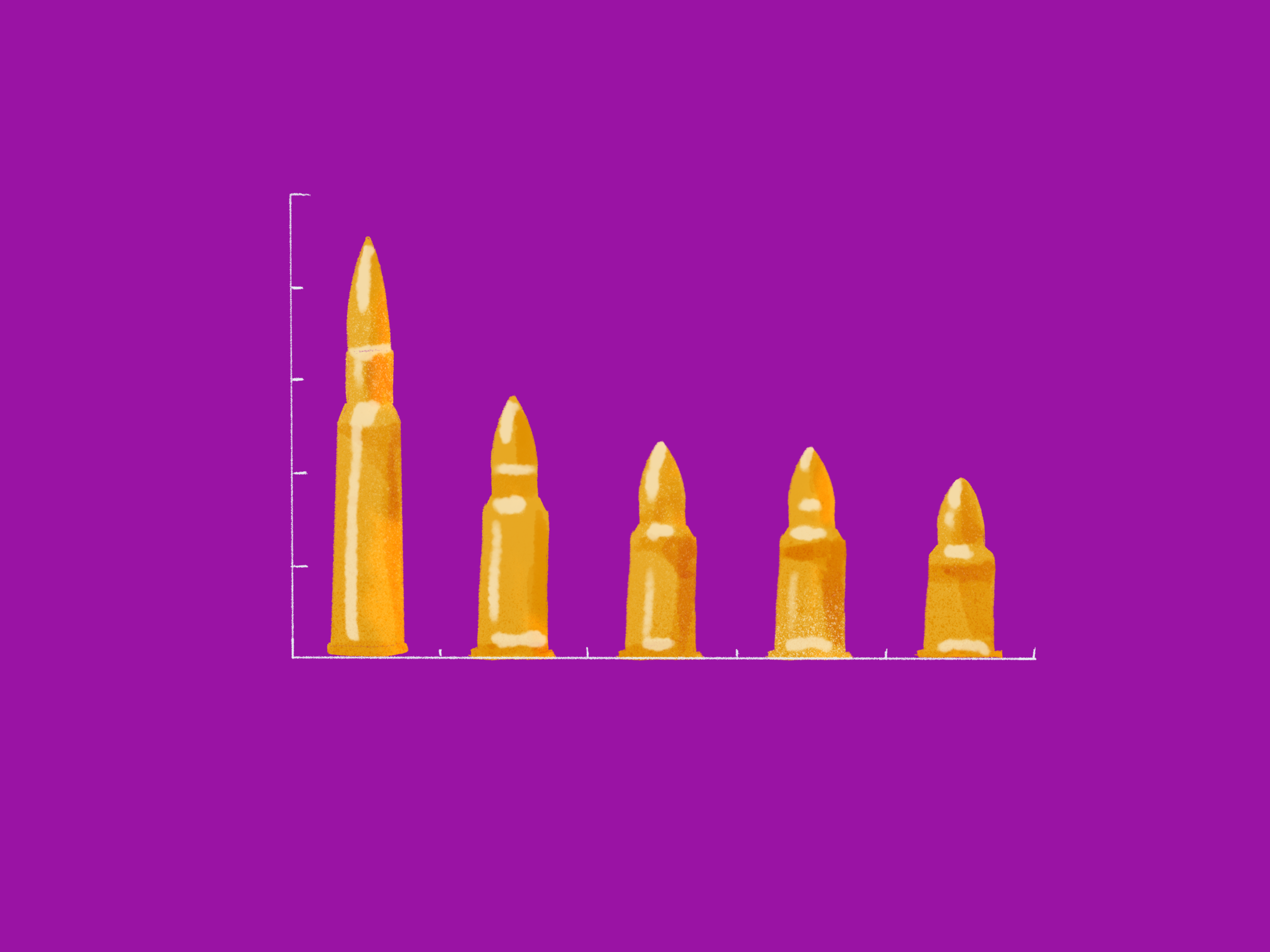Mass Shootings and Gun Ownership Around the World
Mass Shootings and Gun Ownership: An International Comparison
When the tragedy of a mass shooting repeats itself in cities across the United States, we find ourselves asking why it happens. While gun violence is not a uniquely American problem, more mass shootings occur in the United States than in any other country on earth. And they keep happening. What can explain this?
Gun policy and laws have become increasingly debated as the number of mass shootings in the US continues to be an outlier among countries around the world. Data can provide insights into the underlying factors that may be responsible for gun violence in the United States. Which data do you think should be relevant to policy makers trying to understand the factors driving the persistence of repeated mass shootings in the United States?
The right to bear arms is protected by the Constitution and is a point of pride for many Americans. Whether for hunting, sport, or personal protection, many gun owners see this right as central to their freedom as US citizens. Perhaps unsurprisingly, the US has comparatively high rates of gun ownership when compared to its neighbors. Is the per capita ownership of guns a relevant factor?
Researcher and criminology professor, Dr. Adam Lankford of the University of Alabama, believes that answers may lie in comparing data on mass shootings and gun ownership from countries around the world. He compiled international data from news reports and the Small Arms survey to look for insights into mass shootings. Dr. Lankford's 2016 study gathered data on gun ownership in countries with more than 10 million people and occurrences of at least one public mass-shooting resulting in four or more deaths. Lankford chose to limit his data set on mass shootings in public places, carried out by single perpetrators, that resulted in the deaths of four or more people. Notably, he did not include incidents of terrorism, war, or gang violence in his dataset. Take a look at the dataset that Dr. Lankford shared with us.
Here's the activity:
1. Make a graph with Guns Per 100 People on the X-axis and Mass Shooters Per 100 Million People on the Y-axis. Add a linear regression line. What is the relationship in this dataset between the number of guns and the number of mass shootings?
2. Observe the variance of the points around the regression line of best fit. What does the spread of points around the line mean?
3. If you were in charge of making policy to reduce the frequency of mass shootings by single perpetrators, which data (in addition to these data) would you like to see and analyze to help make effective decisions?
Additional reading and materials:
What Explains U.S. Mass Shootings? International Comparisons Suggest an Answer
The New York Times, November 7, 2017
Public Mass Shooters and Firearms: A Cross-National Study of 171 Countries
Dr. Adam Lankford's 2016 research paper




